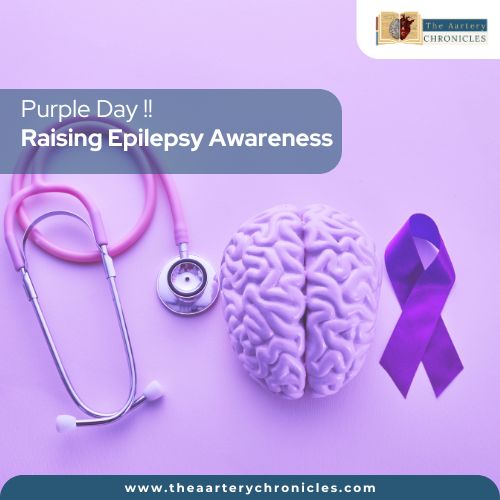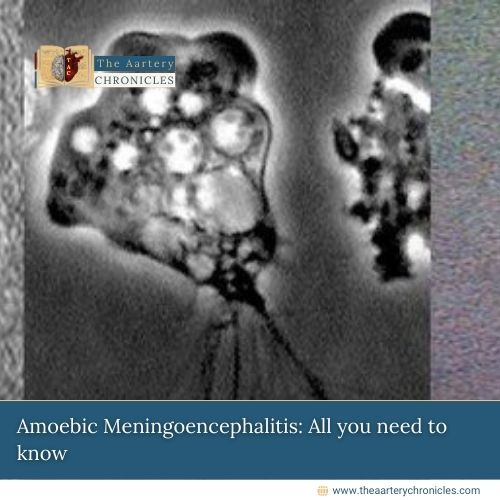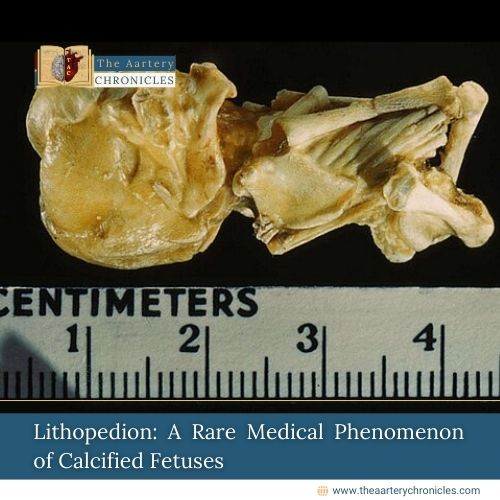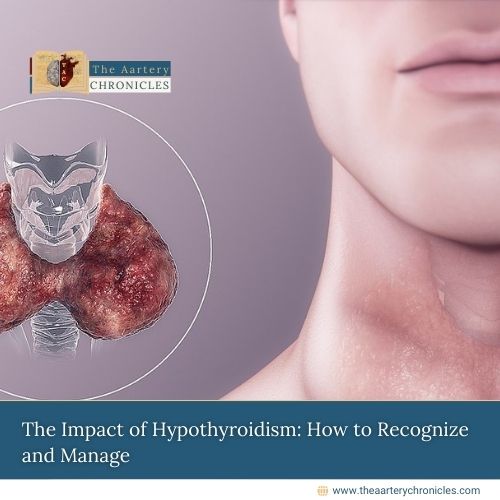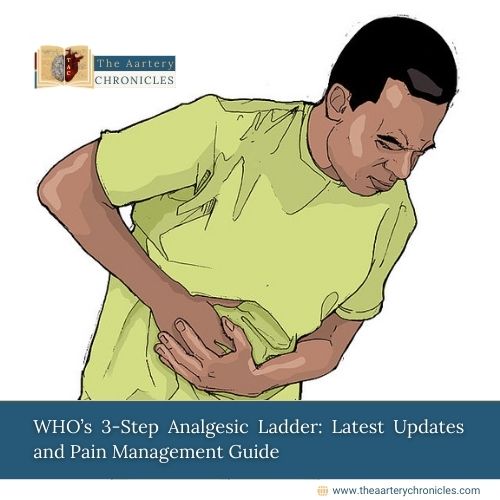
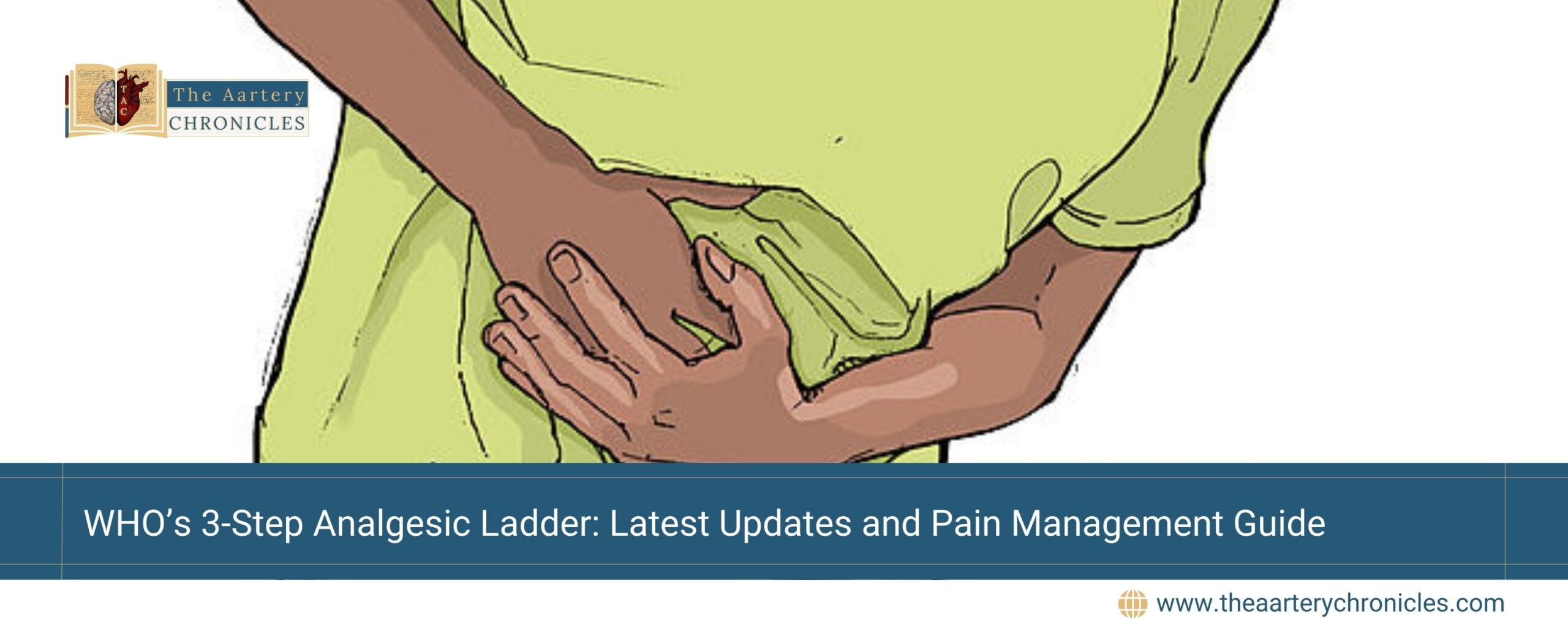
WHO's 3-Step Analgesic Ladder: Latest Updates and Pain Management Guide
Introduction - Pain Relief Strategies and Updates
The World Health Organisation’s (WHO) Three-Step Analgesic Ladder is a roadmap for treating pain, guiding healthcare professionals through steps to ensure effective relief.
The WHO Analgesic Ladder for Cancer Pain Management
Introduced in 1986, the WHO’s three-step analgesic ladder became a trusted framework for managing cancer-related pain. It emphasizes the prompt use of simple analgesics and oral opioids to control pain effectively.
Pain Intensity and Medication Prescription
The original three-step ladder guided physicians in prescribing pain medications based on the intensity of pain reported by patients. Pain intensity was categorized as
- Mild (≤4/10)
- Moderate (5–6/10)
- Severe (≥7/10)
Despite some challenges and debates over its simplicity and unidirectional approach, the ladder has remained widely respected for its educational value and its significant contribution to relieving pain worldwide since its introduction.
The WHO Analgesic Stepladder Recommendations
The WHO analgesic stepladder recommends a systematic approach to pain management:
- Step 1 (Mild Pain): Non-opioid analgesics such as paracetamol (acetaminophen) and nonsteroidal anti-inflammatory drugs (NSAIDs) are recommended.
- Step 2 (Mild-to-Moderate Pain): If pain persists or worsens, weak opioids are added to the treatment regimen.
- Step 3 (Moderate-to-Severe Pain): For pain that is still not adequately controlled, strong opioids become the mainstay of therapy
Availability of Opioid Formulations in India
In India, the availability of opioid formulations is somewhat limited. Commonly available opioids include:
- Morphine: Available in tablet and injection forms.
- Buprenorphine: Available in transdermal patches, injections, and tablets.
- Fentanyl: Available in transdermal patches, injections, and lollipop formulations.
- Methadone: Available as a syrup formulation.
However, formulations of oxycodone and hydromorphone are not currently available in India, which can limit treatment options for certain patients requiring these specific opioids.
This structured approach helps clinicians effectively manage pain while considering the availability of opioid formulations in different regions like India.
Changes in the WHO Analgesic Ladder for Chronic Non-Cancer Pain
The WHO analgesic ladder, initially designed for cancer pain, has evolved to address chronic non-cancer pain (CNCP). Updates include incorporating non-opioid treatments, integrative therapies, and stricter opioid prescribing guidelines to reduce misuse and enhance patient safety.
Recommendations for Chronic Opioid Therapy
In 2009, a multidisciplinary panel comprising The American Pain Society (APS) and the American Academy of Pain Medicine (AAPM) conducted a systematic review.
- It issued recommendations on chronic opioid therapy for chronic non-cancer pain (CNCP).
- They concluded that chronic opioid therapy could potentially be effective for carefully selected and closely monitored CNCP patients.
- Given the widespread prevalence and disabling nature of CNCP, opioids have become the most frequently prescribed medications in the USA.
- Approximately 10–30% of CNCP patients have concurrent substance use disorders, and those with a history of substance use are at higher risk of misusing opioids when prescribed for pain management.
By 2018, chronic opioid therapy was definitively recommended for CNCP patients who demonstrate clear medical necessity and show stable improvements in pain and function, either alone or in combination with other therapeutic approaches.
Objectives and Risks of Pain Management
Nevertheless, the objectives of pain management include diminishing pain levels and enhancing daily functioning while vigilantly monitoring for potential adverse effects.
- Opioid analgesics present a dual-edged characteristic: they are potent medications capable of modestly alleviating pain and improving function across various chronic non-cancer pain conditions.
- However, they also carry risks such as opioid-induced neurotoxicity, the development of tolerance, and the potential for physiological and psychological dependence.
CDC Guidelines for Chronic Pain Management
In 2016, the CDC issued guidelines aimed at promoting safer and more effective chronic pain management by addressing the prescribing of opioid pain medications for adult patients with chronic non-cancer pain (CNCP) in primary care settings.
- These guidelines were developed to ensure that opioid medications are prescribed judiciously, considering both the benefits and risks involved.
- The concept of pain relief as a fundamental human right recognizes that patients should have access to essential medicines, including opioids, for pain management when medically appropriate.
According to the WHO analgesic ladder, healthcare providers prescribe opioid analgesics based on the severity of the patient’s reported pain. This approach emphasizes tailoring treatment to the individual’s pain level to achieve adequate pain relief while minimizing risks associated with opioid use.
Emphasis on Non-Opioid Treatments
- It was believed that the latest CDC guidelines emphasize opioid analgesics to not be the first-line or routine treatment for managing chronic pain.
- Instead, non-pharmacological therapies and non-opioid pharmacological treatments are recommended as preferred approaches for chronic pain management.
These guidelines reflect a shift towards comprehensive, holistic care that considers the diverse needs and risks associated with chronic pain management.
ASIPP Guidelines for Chronic Non-Cancer Pain Management
The 2018 guidelines from the American Society of Interventional Pain Physicians (ASIPP) advocate for non-opioid pharmacological treatments and nonpharmacological therapies to manage chronic non-cancer pain (CNCP). These include therapies and medications like
- Acetaminophen
- NSAIDs (non-steroidal anti-inflammatory drugs)
- Pregabalin
- Integrative medicine therapies
- Various minimally invasive techniques
Interventional techniques are highlighted as effective approaches that can significantly influence pain management and improve outcomes for many CNCP patients such as
- Epidural injections
- Percutaneous epidural adhesiolysis
- Neuromodulation
These guidelines underscore the importance of a comprehensive treatment approach that extends beyond opioids, focusing on evidence-based interventions that can provide sustainable pain relief and enhance quality of life.
Proposed Four-Step Analgesic Ladder
In conclusion, while the original WHO analgesic ladder has been a valuable guideline for cancer pain management in the past, its simplicity may not adequately address the complexities of contemporary chronic non-cancer pain (CNCP) management.
- To address this, a revised four-step analgesic ladder has been proposed that incorporates integrative therapies at each stage to reduce or potentially eliminate the need for opioid analgesics.
- If non-opioid and weak opioid options prove insufficient, interventional therapies should be considered at step 3 before escalating to strong opioids.
CDC Clinical Practice and Its Regulatory Action in Prescribing Opioids
The CDC’s clinical practice guidelines for prescribing opioids aim to promote safer, more effective pain management by addressing opioid use for chronic non-cancer pain. These guidelines emphasize careful patient selection, dosage monitoring, and risk mitigation to reduce opioid misuse and adverse outcomes.
The 2016 CDC Opioid Prescribing Guideline
The CDC acknowledged the necessity of a national guideline on pain management to enhance appropriate opioid prescribing practices while reducing associated risks.
- In 2016, the CDC issued the Guideline for Prescribing Opioids for Chronic Pain — United States, commonly known as the 2016 CDC Opioid Prescribing Guideline.
- This guideline consisted of 12 recommendations intended for primary care clinicians in outpatient settings regarding the prescribing of opioids for chronic pain, with exceptions for active cancer treatment, palliative care, and end-of-life care.
- The guideline aimed to achieve several objectives:
- Encourage clinicians and patients to prioritize safer and more effective pain management options.
- Enhance patient outcomes, such as decreased pain levels and improved functionality.
- Decrease the incidence of opioid use disorder, opioid overdose, and other adverse events related to prescription opioids.
Updates and Insights Since the 2016 Guideline
Since the publication of the 2016 CDC Opioid Prescribing Guideline, new research has provided updated insights into various aspects of prescription opioids.
- This includes their effectiveness and risks in treating acute and chronic pain, comparisons with non-opioid pain therapies, optimal dosing approaches, the impact of opioid dosage on outcomes, strategies to mitigate risks associated with opioid use, and methods for safely tapering and discontinuing opioid therapy.
- Despite evidence showing that the prevalence of prescription opioid misuse and prescription opioid use disorder had declined in recent years.
- However, in 2020, prescription opioids remained the most commonly misused prescription drug, particularly in the United States.
Preliminary Clinical Practice Guideline
Following this, the CDC developed a preliminary clinical practice guideline based on five systematic reviews of the
- Most current evidence regarding the benefits and risks of prescription opioids
- Nonopioid pharmacological treatments
- Nonpharmacological treatments.
This draft guideline underwent review by an independent federal advisory committee. In addition to revising recommendations based on new evidence for managing chronic pain, this clinical practice guideline aims to help clinicians assess the benefits and risks of prescribing opioid pain medications for acute painful conditions. These include
- Lower back pain
- Neck pain
- Other musculoskeletal pain
- Neuropathic pain
- Dental pain
- Kidney stone pain
- Acute episodic migraine
- Pain associated with procedures such as
- Postoperative pain
- Pain from oral surgery
Key Areas of the Clinical Practice Guideline
This clinical practice guideline for prescribing opioid pain medication to adults aged 18 years excluding pain management related to sickle cell disease, cancer-related pain treatment, palliative care, and end-of-life care and addresses four main areas:
- Determining the appropriateness of initiating opioids for pain.
- Selecting opioids and determining dosages.
- Deciding on the duration of initial opioid prescriptions and conducting follow-up.
- Assessing risks and managing potential harms associated with opioid use.
Additionally, it outlines five guiding principles to guide implementation:
- Ensuring effective pain treatment.
- Adapting care to meet individual patient needs and clinical contexts.
- Employing a comprehensive, interdisciplinary approach to pain management.
- Preventing misuse of the guideline.
Promoting equitable access to suitable, affordable, diverse, coordinated, and effective nonpharmacologic and pharmacologic pain treatments for all individuals.
Multimodal and Multidisciplinary Approach to Pain Management
Healthcare providers should prioritize nonpharmacologic and pharmacologic treatments, or a combination thereof, that enhance patient safety and optimize outcomes related to pain relief, functionality, and overall quality of life.
- Adopting a multimodal and multidisciplinary approach to pain management is essential, taking into account the biological, psychological, and social aspects unique to each individual.
- Ongoing monitoring of progress is also crucial, allowing for adjustments in treatment protocols as needed.
WHO Issues New Guidelines for Pain Management for Children in 2021
In 2021, the WHO issued new guidelines for managing chronic pain in children, focusing on physical, psychological, and pharmacological therapies. These guidelines emphasize family-centered care and opioid stewardship to minimize risks associated with pain treatment.
Right to Optimal Health Care
Children and adolescents have the right to optimal health care, including effective treatments for managing their pain. Care for children with chronic pain must be family-centred and integrated into all universal health coverage programs.
>> Interventions for Managing Chronic Pain in Children
Based on the latest scientific evidence, recommendations for managing chronic pain in children encompass three main areas of intervention:
- Physical Therapy
- Psychological Therapy
- Pharmacological Management
>> Opioid Stewardship
Pharmacological management may involve the use of medications such as morphine, particularly in end-of-life care or when chronic pain is associated with life-limiting conditions. The guideline emphasizes opioid stewardship to mitigate risks associated with misuse. It includes 10 best practice statements guiding comprehensive care for children with chronic pain, covering physical, psychological, and pharmacological interventions. Care should be biopsychosocial, recognizing pain’s complexity and addressing biological, psychological, and social factors for effective management and support.
Conclusion
While the WHO’s original three-step analgesic ladder has been a valuable tool for cancer pain management, evolving guidelines now emphasize a more comprehensive approach. By integrating non-opioid therapies, stricter opioid use protocols, and patient-centered care, healthcare professionals can manage both cancer and non-cancer pain more effectively, ensuring safer and more personalized treatment options.




